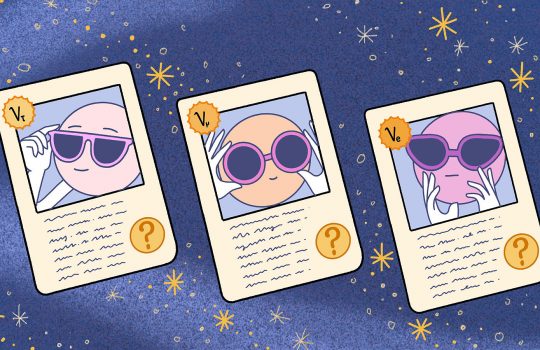Neutrino oscillations at the wrong location?
Innovation News Network Feb. 9, 2024
Neutrino oscillations, discovered 25 years ago, break the Standard Model of particle physics and have been the subject of much investigation.To further study neutrino oscillation, Fermilab’s Short Baseline Neutrino (SBN) program has three detectors in the beam, placed at three very different distances to research if neutrinos are changing as a function of distance.


